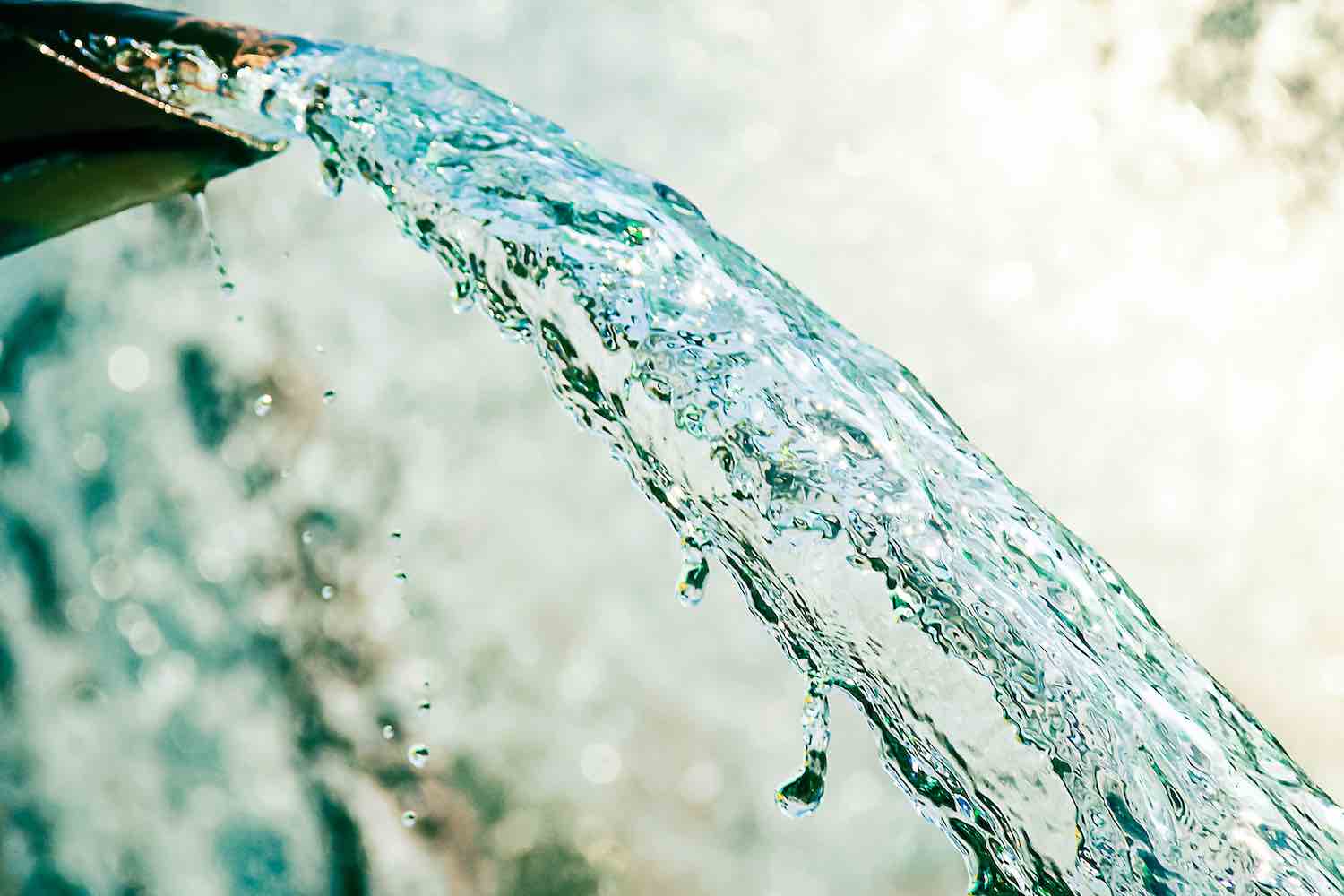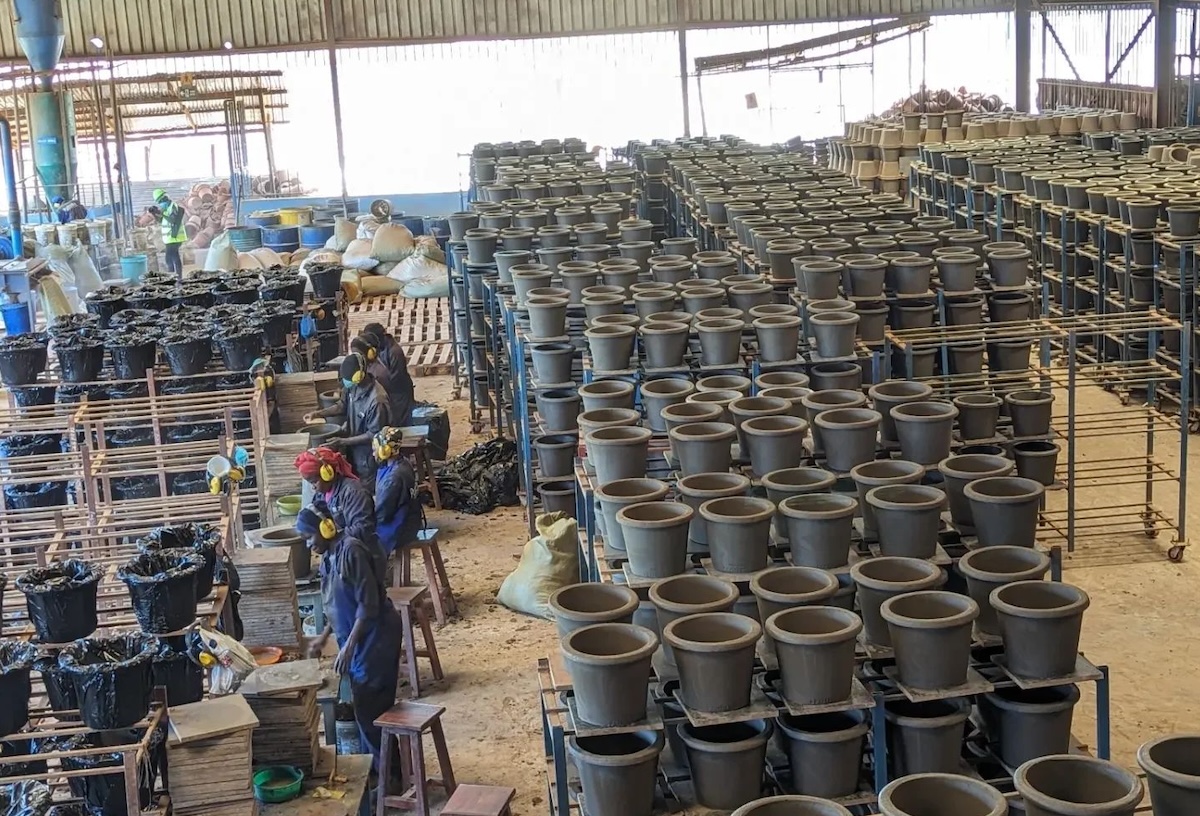ImpactAlpha, March 3 – Investors and customers are pushing food, apparel, energy, chemicals, pharmaceuticals, and mining companies to address water security along with greenhouse gas emissions in their strategies for a net-zero economy.
Indeed, water use contributes 10% of global emissions and those major industries account for 70% of the world’s water use.
Ford Motor Co. and Anglo American have set goals of net-zero water withdrawals, with the mining giant tying executive compensation to freshwater reduction targets. Nissan Motor aims to eliminate wastewater discharges.
“Companies need to invest to address these risks, minimize their impacts and build resilience to mounting water-related risks such as water scarcity, flooding and chronic pollution,” writes Cate Lamb of CDP in an analysis of the water-related disclosures of nearly 3,000 companies.
The business case: the companies tallied $301 billion in potential water risks, five times more than the $55 billion in investment needed to mitigate those risks – and see opportunities for water-related savings and revenues worth $711 billion.
Business innovation
Customer use of its products accounts for 99% of Unilever’s water footprint. The now-British company expects its “water-smart” line of personal care products, including no-rinse conditioners and dry wash spray, to generate up to $3.4 billion in sales by 2025.
Mars is introducing more sustainable wet-dry irrigation for rice cultivation that can reduce water consumption and boost farmers’ income by 30%. Global water infrastructure will require a $1.9 trillion infusion by the end of the decade (in the U.S., a water main breaks every two minutes).
Autodesk announced a $1 billion acquisition of Portland, Ore.-based Innovyze, which makes modeling software used by 3,000 customers to design water distribution networks and wastewater treatment plants.
Progress report
More companies are using less water. CDP’s global water report found that nearly two-third of companies highly reliant on water said they are decreasing or holding steady their water withdrawals.
Where they’re falling short: water quality. Less than 60% monitor wastewater discharge. “a basic action that all companies should be taking.” Less than 5% set pollution targets and report on their progress.
2050 vision
The CDP report paints a picture of a thriving, sustainable economy with universal and equitable access to water supplies and sanitation, freshwater biodiversity, decreased disease burden and fewer pandemics. That will take “a water-use revolution” and a transformation in production.
Back in 2021, wetlands are disappearing three times faster than natural forests. Groundwater withdrawals outstrips nature’s ability to recharge them. More than two-thirds of the world population may live in water-stressed regions by 2025.
Water is not just a ‘developing world’ issue: Last month’s deep freeze left millions in Texas and elsewhere without potable water, as aging pipes froze and water plants faltered.












